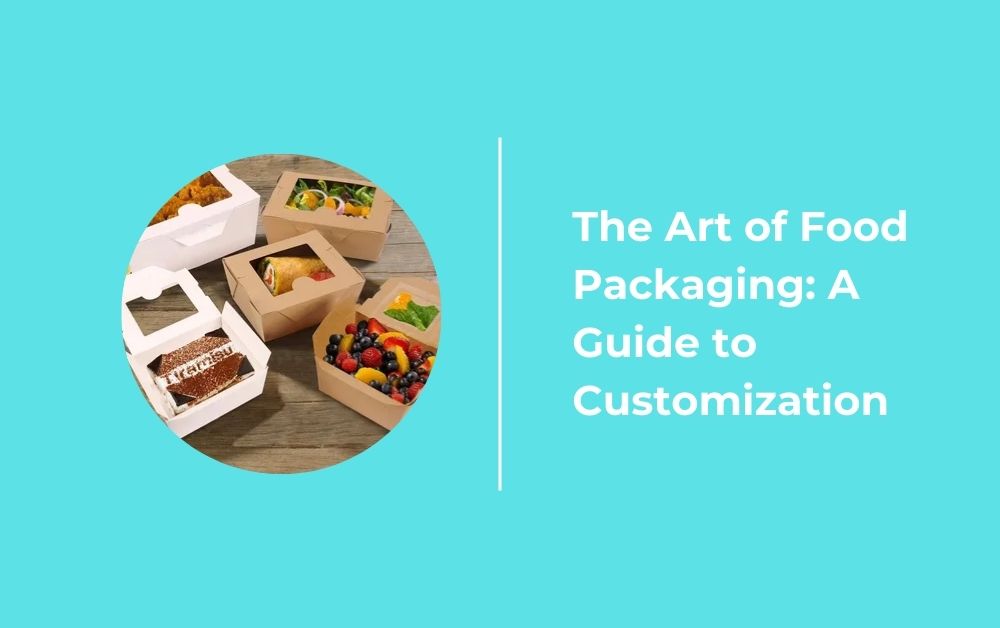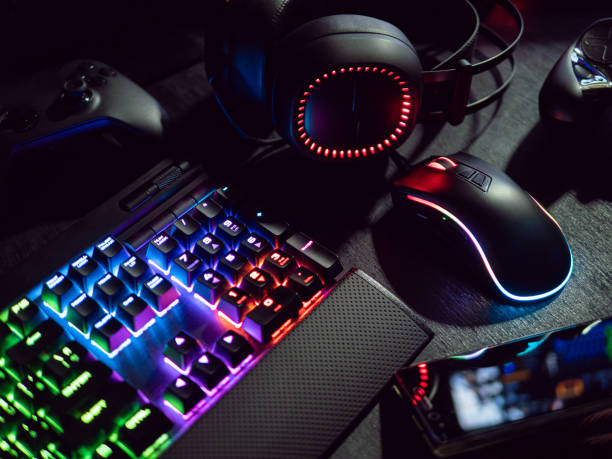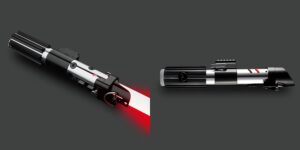Food packaging is not just about keeping the product safe and fresh; it’s also a powerful marketing tool. Customizing your food packaging can set your brand apart, attract customers, and convey important information. In this guide, we will explore the art of food packaging and provide insights on how to customize your packaging effectively. Let’s dive into the world of food packaging and discover how to make your products stand out on the shelves.
Why Food Packaging Matters
Protecting the Product
The primary function of food packaging is to protect the product from contamination, damage, and spoilage. Proper packaging ensures that the food remains safe to eat and maintains its quality throughout its shelf life.
Attracting Customers
Packaging is often the first thing a customer notices about a product. Attractive and well-designed packaging can draw attention, make a good first impression, and encourage customers to pick up the product and learn more about it.
Note – Elevate your brand with our Customized Food Packaging solutions. Stand out on the shelves with designs that reflect your brand’s unique personality. Enhance customer experience with packaging that combines functionality and visual appeal. Contact us today to discover how our customized packaging can boost your product’s appeal and drive sales. Let’s create packaging that speaks for your brand!
Communicating Information
Packaging is a key communication tool. It provides essential information about the product, such as ingredients, nutritional facts, expiration dates, and usage instructions. This information helps customers make informed purchasing decisions.
Building Brand Identity
Custom packaging allows you to showcase your brand’s personality and values. Consistent use of colors, logos, and design elements helps reinforce brand recognition and loyalty among customers.
Elements of Custom Food Packaging
Material Choice
Importance of Material Selection
The material you choose for your packaging plays a crucial role in protecting the product and conveying your brand message. Different materials offer varying levels of protection, sustainability, and visual appeal.
Common Packaging Materials
- Plastic: Lightweight, durable, and versatile. Ideal for a wide range of food products.
- Glass: Provides excellent protection and is reusable and recyclable. Often used for premium products.
- Paper and Cardboard: Eco-friendly and customizable. Suitable for dry foods and bakery items.
- Metal: Strong and long-lasting. Commonly used for canned goods and beverages.
Design and Branding
Visual Appeal
The design of your packaging should be eye-catching and reflect your brand’s identity. Use colors, fonts, and images that resonate with your target audience. A well-designed package can create a positive emotional connection with customers.
Logo and Branding Elements
Your logo and other branding elements should be prominently displayed on the packaging. This helps in building brand recognition and trust. Consistent use of these elements across all your packaging reinforces your brand’s identity.
Typography
Choose clear and readable fonts for the text on your packaging. The text should be easy to read from a distance and convey the necessary information quickly. Avoid using too many different fonts, as this can make the packaging look cluttered.
Functional Features
Ease of Use
Packaging should be easy to open, close, and use. Consider features like resealable bags, easy-pour spouts, and ergonomic handles. These functional features enhance the customer experience and can be a deciding factor in their purchase decision.
Portion Control
For products that are consumed in portions, consider packaging that allows for easy portion control. This can include individual serving sizes or packaging with measurements to help customers manage their consumption.
Sustainability
Eco-Friendly Materials
More and more consumers are becoming environmentally conscious. Using eco-friendly materials for your packaging can attract these customers and show that your brand cares about the environment. Consider materials that are recyclable, biodegradable, or made from renewable resources.
Minimalistic Design
Sustainable packaging doesn’t have to be boring. A minimalistic design can be both stylish and eco-friendly. By reducing the amount of material used and avoiding excessive packaging, you can minimize your environmental impact while maintaining an attractive design.
Steps to Customize Your Food Packaging
Identify Your Target Audience
Understanding your target audience is crucial for effective packaging customization. Consider factors like age, gender, lifestyle, and preferences. This information will help you design packaging that appeals to your customers and meets their needs.
Define Your Brand Message
Your packaging should clearly convey your brand message. Think about what makes your brand unique and how you want to be perceived by customers. Whether it’s quality, sustainability, or innovation, make sure your packaging reflects these values.
Choose the Right Packaging Type
Select a packaging type that suits your product and aligns with your brand message. Consider the material, shape, and size of the packaging. Make sure it provides adequate protection and meets regulatory requirements.
Design the Packaging
Work with a professional designer to create a visually appealing and functional design. Provide them with your brand guidelines and any specific requirements. Review the design carefully and ensure it aligns with your brand identity and target audience.
Test the Packaging
Before finalizing your packaging, conduct tests to ensure it meets your quality standards. This can include checking for durability, ease of use, and shelf appeal. Gather feedback from customers and make any necessary adjustments.
Launch and Monitor
Once your packaging is ready, launch it to the market and monitor its performance. Pay attention to customer feedback and sales data. Use this information to continuously improve your packaging and keep it relevant to your audience.
Examples of Effective Food Packaging Customization
Eco-Friendly Packaging
Case Study: Brand A
Brand A wanted to appeal to environmentally conscious consumers. They switched to biodegradable packaging made from plant-based materials. The new packaging featured a simple and clean design with a focus on sustainability. This change not only attracted new customers but also increased brand loyalty among existing customers.
Premium Packaging
Case Study: Brand B
Brand B positioned itself as a premium food brand. They chose high-quality glass jars with elegant labels and gold accents. The packaging conveyed a sense of luxury and quality, justifying the higher price point. This premium packaging helped Brand B stand out in a crowded market and attract upscale customers.
Fun and Playful Packaging
Case Study: Brand C
Brand C targeted children and parents with fun and playful packaging. They used bright colors, cartoon characters, and interactive elements like puzzles and games on the packaging. This made the product more appealing to children and created a positive experience for parents. As a result, Brand C saw a significant increase in sales and brand recognition.
The Future of Food Packaging
Smart Packaging
Technology Integration
The future of food packaging lies in smart packaging that incorporates technology. This can include QR codes that provide additional information, freshness indicators that show the product’s condition, and interactive elements that engage customers. Smart packaging can enhance the customer experience and provide valuable data for brands.
Personalization
Customized Experience
Personalization is becoming increasingly important in the world of food packaging. Brands can use data to create customized packaging that meets individual customer preferences. This can include personalized messages, unique designs, and tailored product recommendations. Personalization can create a deeper connection with customers and drive loyalty.
Sustainable Innovations
Eco-Friendly Solutions
Sustainability will continue to be a major trend in food packaging. Brands will need to find innovative ways to reduce their environmental impact. This can include using alternative materials, reducing packaging waste, and implementing recycling programs. Sustainable packaging solutions will not only benefit the environment but also appeal to eco-conscious consumers.
Conclusion
Food packaging is more than just a protective covering for your product. It is a powerful tool that can attract customers, convey your brand message, and build loyalty. By understanding the key elements of custom food packaging and following the steps to customize your packaging effectively, you can create a strong and memorable brand presence.
Remember to stay updated with the latest trends and continuously improve your packaging to meet the evolving needs of your customers. With the right approach, your food packaging can become a valuable asset that drives your brand’s success.
For more insightful articles related to this topic, feel free to visit algo360i












